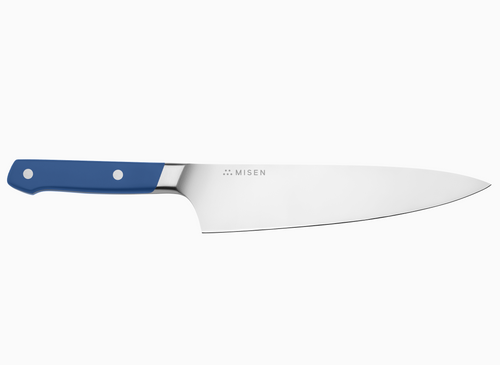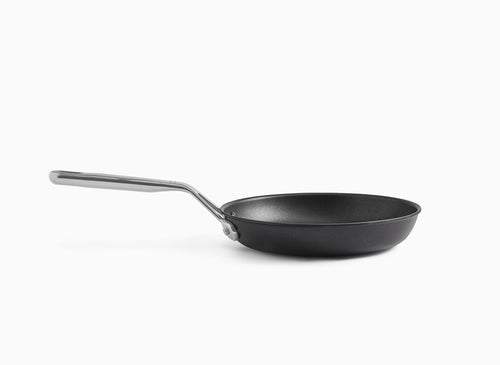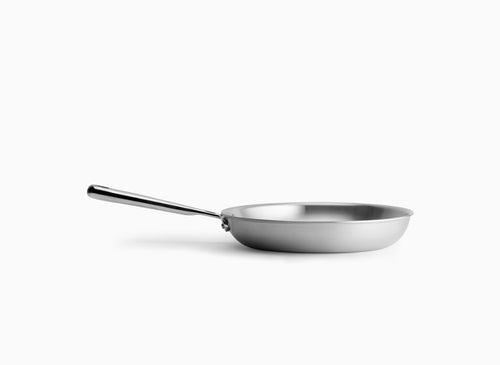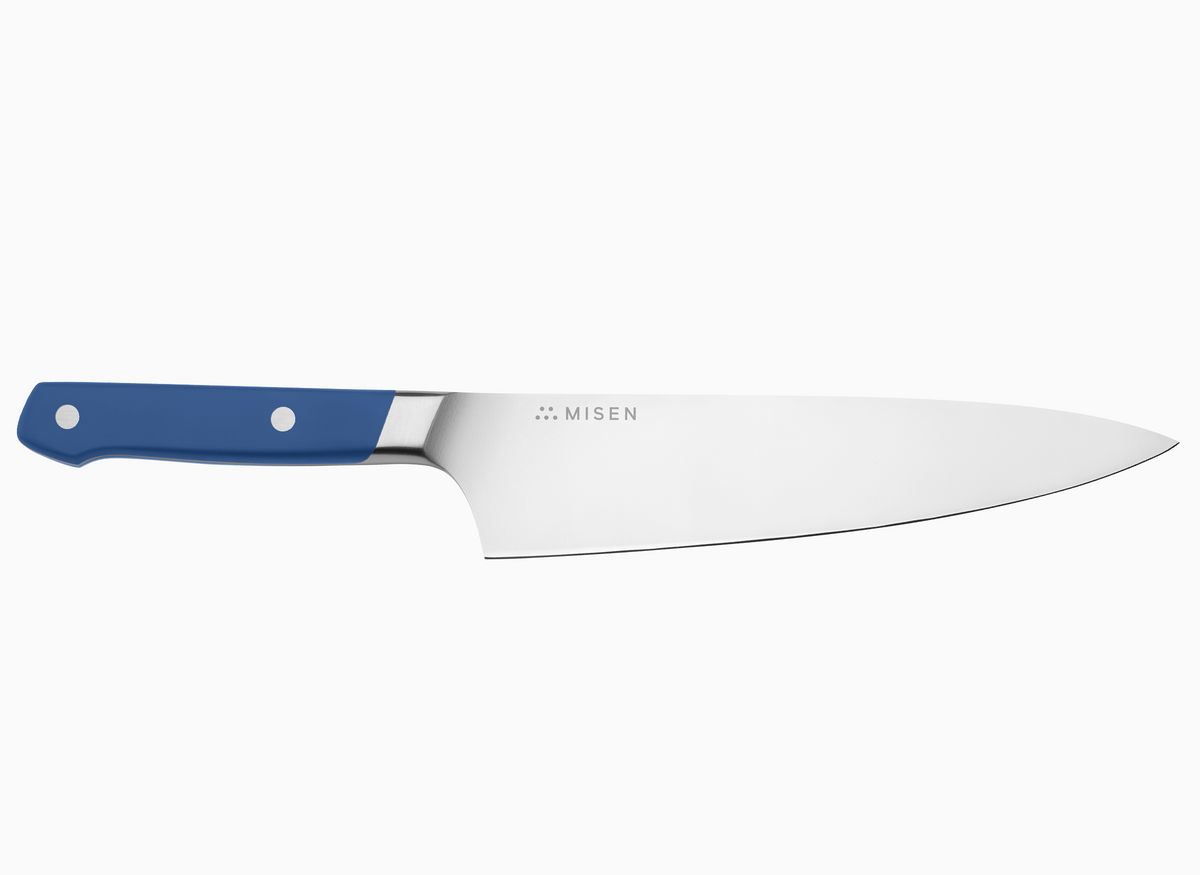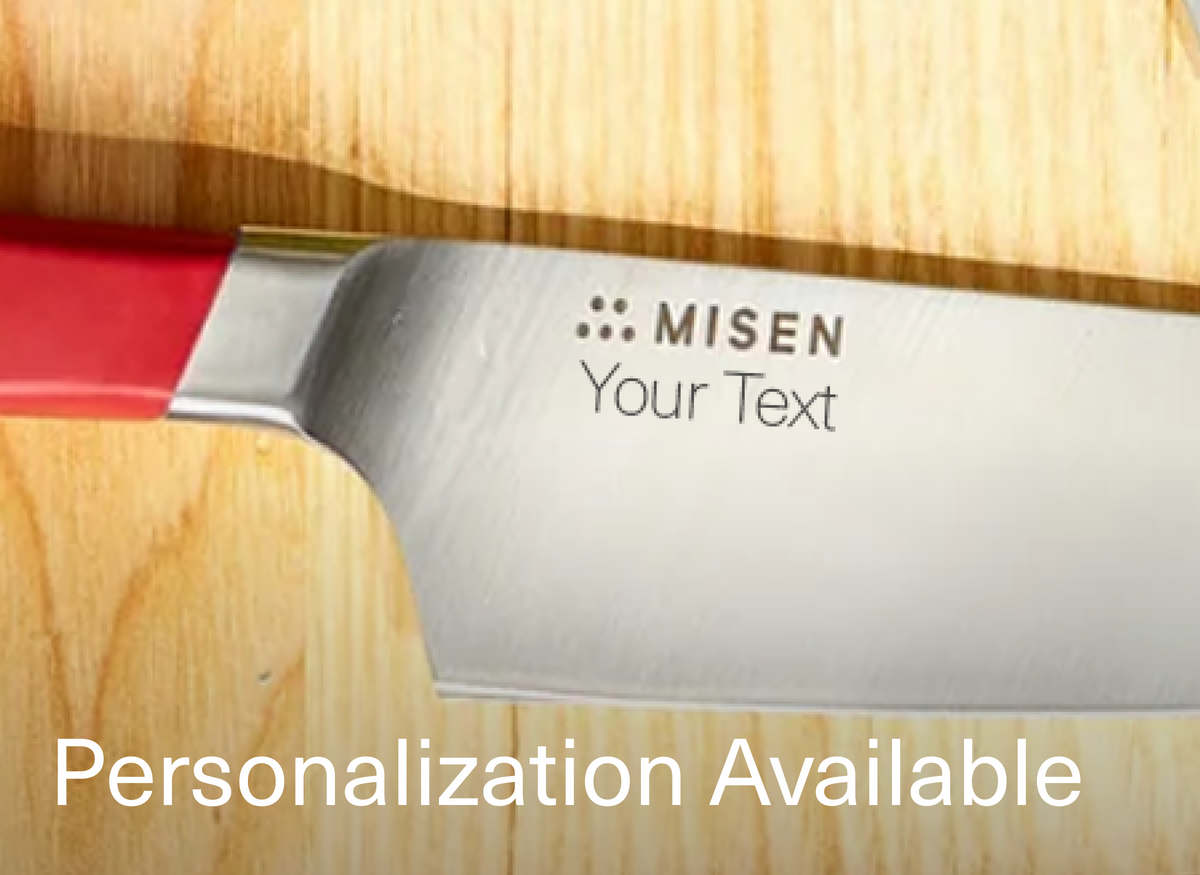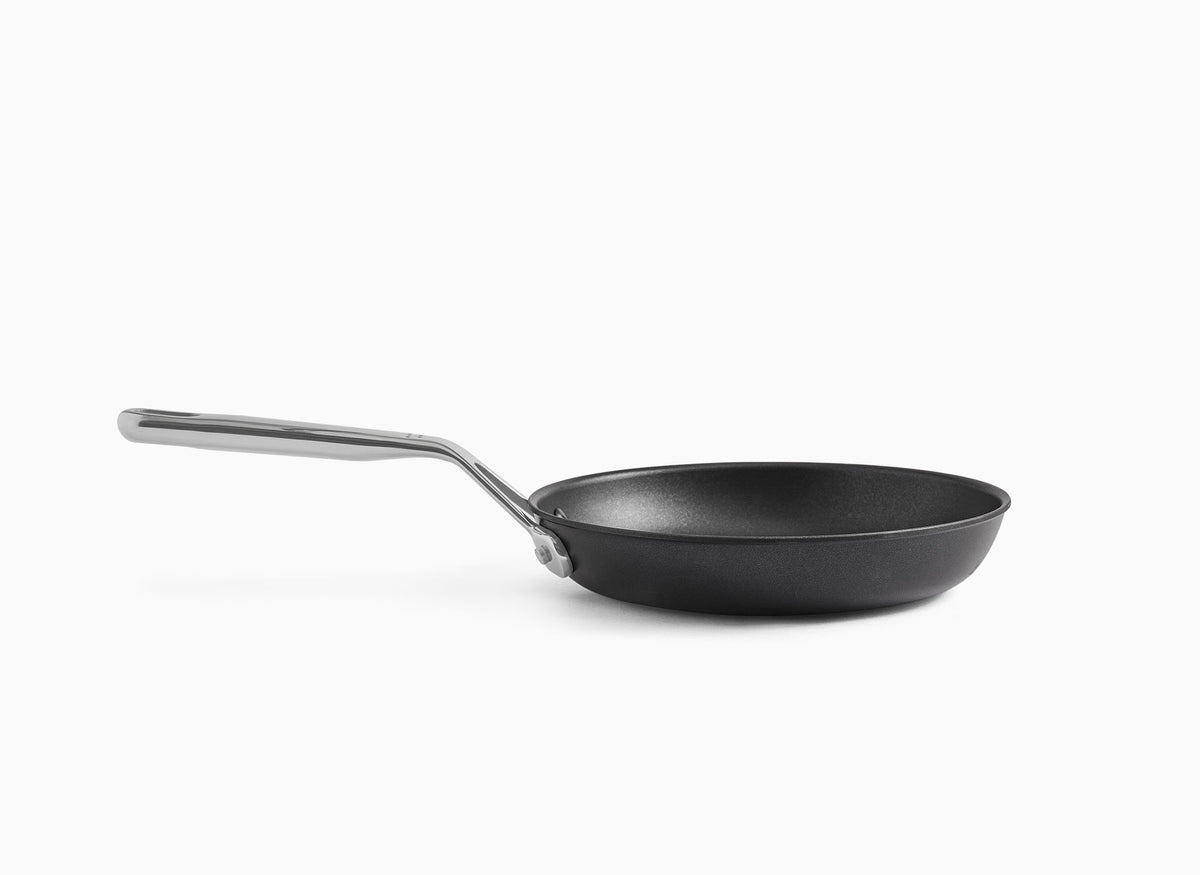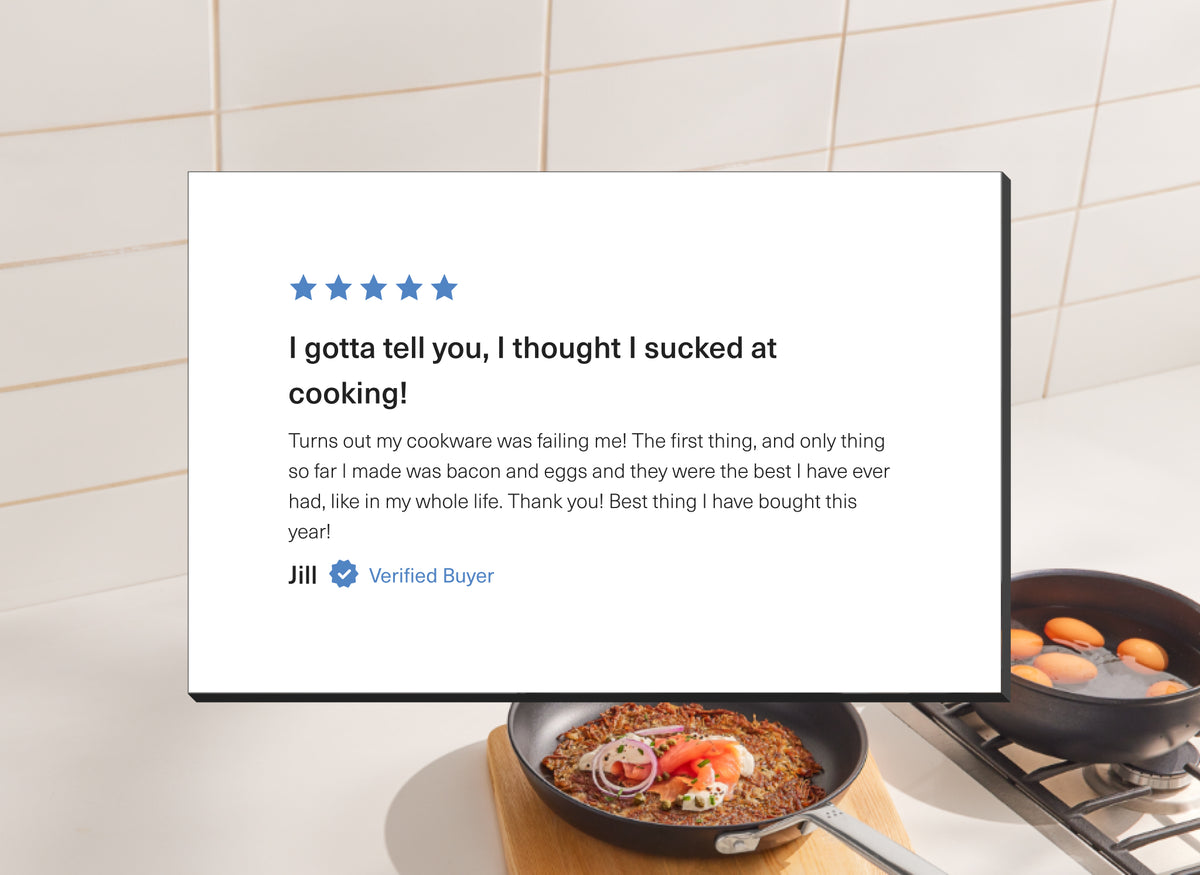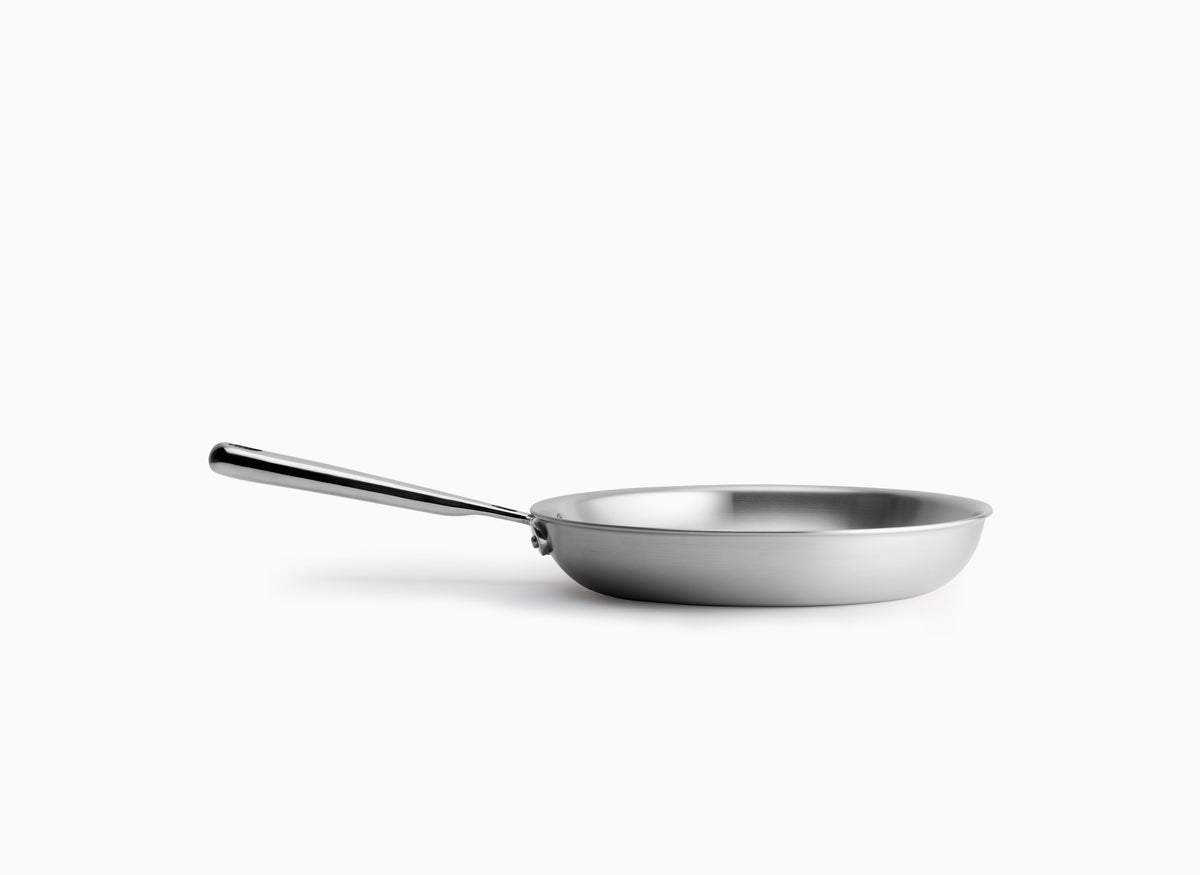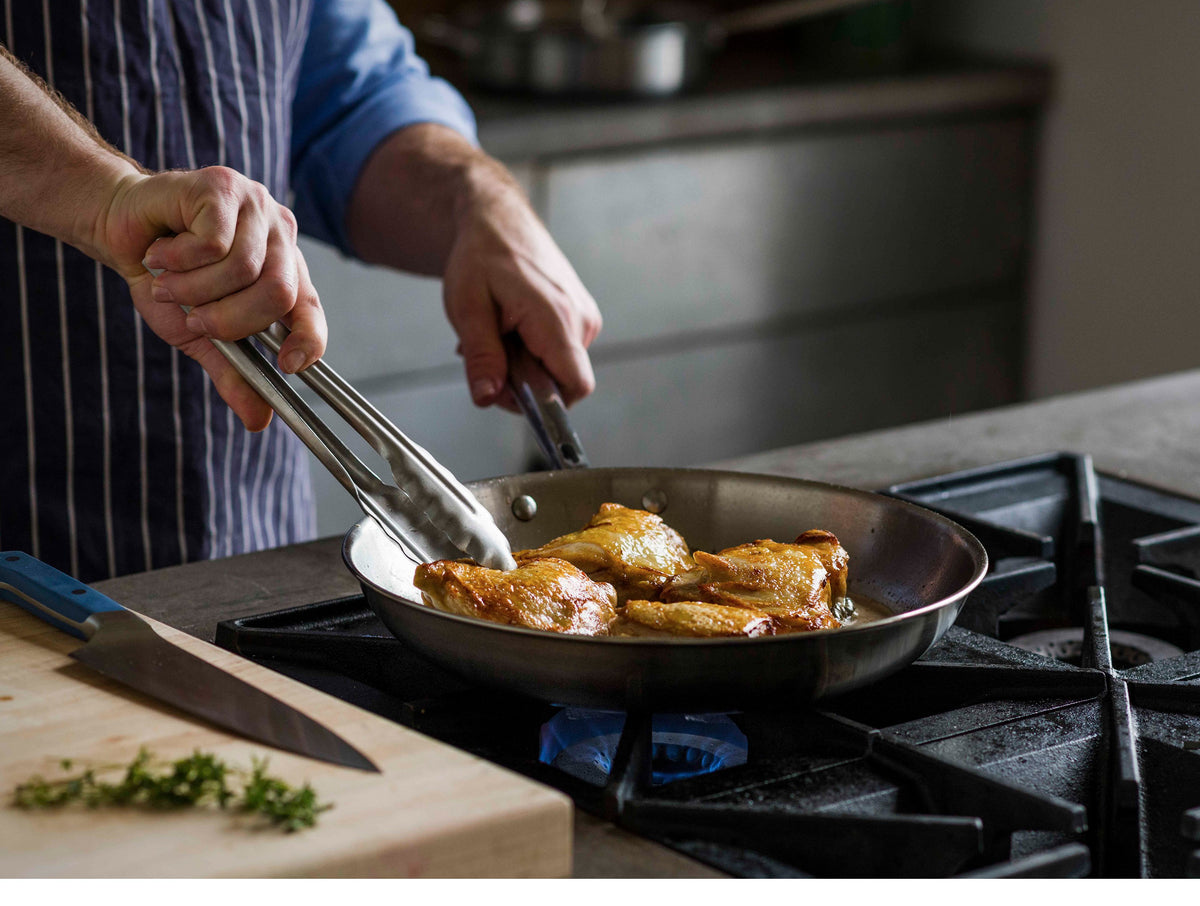Which Knives Should Come With a Good Knife Set?
 The right knife set for you should only include the knives and tools you’ll use regularly.
The right knife set for you should only include the knives and tools you’ll use regularly.
- Most home cooks will use just three knives for the majority of their cooking.
- In addition to the three essential knives, a few other multi-taskers can help round out your collection.
- There are lots of single-purpose knives that will take up space in your kitchen without providing many benefits.
Whether you’re an amateur cook, an accomplished home chef, or even a professional chef, you can appreciate the value of a high-quality knife. Using a good, sharp, stainless steel knife can make cooking a joy. On the other hand, using a dull, low-grade knife makes cooking a chore.
We’ve been asked what people should look for in a knife set — what kind of knives are needed to truly enjoy your cooking experience without going overboard? Fair enough: There’s a bewildering number of knives out there. So that you don’t end up spending lots of money on knives you don’t need, we’ve put together this guide to purchasing a knife set.
Knife Set Essentials
 These three knives can get any job done.
These three knives can get any job done.
A good kitchen setup doesn’t require a thousand knives, each with a specific purpose. In reality, a home chef only needs a few knives in their cutlery set to get any job done — as long as the blades are made from high-quality, often high-carbon, steel and treated right. (FYI: the term "carbon steel" you see around knives is a bit of a misnomer, but that would take its own article to explain.) A three-piece cutlery set is a good start, and a five-piece set should give you all you need. Here’s a look at the essential knives.
Chef’s Knife
A high-quality, solid chef’s knife is the workhorse of any western-style kitchen. It can chop, dice, slice, mince, shred, and do just about any other job you need done in the kitchen.
A chef’s knife has a curved blade, which allows it to rock back and forth on a cutting board. This rocking motion makes for very efficient cutting if you’re comfortable with the technique.
Chef knives are usually around 8 inches long, though some varieties may be longer or shorter. They generally come in two styles: French and German. The two styles are similar in most regards, except the German knife usually has a more curved blade than the French. Most home chefs are unlikely to be able to tell you whether their knife is French or German.
Paring Knife
No kitchen is complete without a paring knife. Think of the paring knife as the little sibling of the chef’s knife: it’s versatile and can be used to accomplish a wide range of tasks.
Most of the tasks assigned to the paring knife include chopping or peeling fruits and vegetables. Its straighter and shorter blade (compared to the chef’s knife) make it a preferable option for these detailed tasks.
A fine example of a task well-suited to a paring knife is peeling potatoes. Using a chef’s knife to peel a potato while holding said potato with your other hand would prove unwieldy at best and dangerous at worst. A paring knife’s shorter blade and handle make it far more appropriate for such a task.
Serrated Knife
A serrated knife often gets relegated to slicing bread — not that there’s anything wrong with that — but it shouldn’t be pigeonholed as a bread knife. Its uses are in fact much broader in scope.
The reason a serrated knife is often used to cut a crusty loaf is that its saw-like edges are perfect for cutting through the tough outer layer of whatever food needs cutting. Imagine you want perfectly sliced tomatoes, or sausage, or oranges: a serrated knife is the way to go.
A serrated knife completes the trifecta of an essential kitchen knife set: With the trinity of a chef’s knife, paring knife, and serrated knife, you can tackle about any task.
Good Additions to a Knife Set
In addition to the above knives, a couple other knives will really round out your kitchen ensemble. Once so equipped, you’ll be prepared to confront any situation that may arise in the kitchen.
Santoku Knife
 The santoku knife is perfect for ultra-fine slicing.
The santoku knife is perfect for ultra-fine slicing.
A santoku knife is essentially the Japanese version of a western-style chef’s knife. It’s slightly shorter and lighter with a flat blade and a rounded ‘sheepsfoot’ top that’s not nearly as pointy as a chef’s knife.
Some chefs swear by their santokus. They require a different technique than a chef’s knife: Rather than placing the knife on the board and rocking it back and forth to chop, the knife has to be lifted each time. That means it only touches the cutting board at the end of a slice. This technique takes some getting used to and some extra wrist action, but it can make for paper-thin slices and fine cuts.
Utility Knife
 Look to the utility knife for an all-around multitasker knife.
Look to the utility knife for an all-around multitasker knife.
A utility knife falls somewhere between a paring knife and a chef’s knife. It’s longer than a paring knife but shorter than a chef’s knife, and has more of a rounded blade than a paring knife but less than a chef’s knife.
As the name implies, this is an excellent all-rounder knife. It can handle most jobs in the kitchen and is often an excellent go-to knife when you’re not sure which other knife to use — or when your other knife is already in use. Additionally, due to its smaller size and lighter weight, it’s excellent for those with smaller hands or anyone who likes a lot of control over their knife work.
Furthermore, its medium size and weight allow for both detail work, like paring, and cutting board level work, like chopping. A truly sharp utility knife can be used for just about anything.
Useful Accessories
Cooking knives aren’t the only useful tools in the kitchen, and they can’t do everything alone. Consider adding the following items to your kitchen arsenal to make yourself the best home chef you can be.
Steak Knives
 Steak knives cut through meat like butter.
Steak knives cut through meat like butter.
Have you ever tried cutting a steak with a butter knife? Such an attempt is an exercise in desperation and futility. Worst of all, you run the risk of mangling your steak — an abomination, to be sure.
Steak knives are your best friend when it comes to cutting cooked food on the table. The name, of course, implies that they’re meant for steak — yet their purposes are many. They’re perfect for cutting meat, but that’s not all. In addition to cutting meat of any variety, they’re also excellent for cutting vegetables, spreading butter, or chopping a toddler’s food into bite-sized bits.
Even if you live alone, you’ll need a steak knife set. After all, what if someone comes for dinner?
Magnetic Rack
A magnetic rack is the perfect way to store your knives. It’s attached to the wall via screws and uses the mighty magic of magnetism to hold your knives in its welcoming embrace.
A magnetic knife rack is our favorite way to store knives for several reasons:
- It saves kitchen counter space.
- You can see exactly which knife is where.
- It keeps your knives dry and free from germs they might collect elsewhere.
- It doesn’t dull your knives since the blade won’t scrape against it.
Making the switch to a magnetic knife rack will not only give you all the above benefits, it’ll also give you the added cool factor of showing off your beautiful knives.
A Good Cutting Board
 An ideal cutting board won’t dull your knives and won’t spill your food.
An ideal cutting board won’t dull your knives and won’t spill your food.
Like any cook, you’ll need a cutting board — and not all cutting boards are created equal. Some are made of cheap wood that can dull your knives, while others are flat and allow spills. We recommend finding a sturdy edge-grain cutting board made from a harder wood, like Acacia or Ash.
Knife Sharpening Stones
Keeping your knives sharp is one of the best ways to show you love them. A sharp knife is both safer and better at its job.
Knife sharpening stones are measured based on the “grit” level of the stone. A stone with a 1000-3000 grit is used to sharpen a dull knife, while a stone with a 4000 grit or higher is a finishing stone. A finishing stone adds sharpness and polish to an already sharpened knife. Other knife sharpeners exist, but a stone is the best for your knives.
Kitchen Shears
Kitchen shears may look like scissors, but they’re not made for cutting paper. As the name suggests, they’re made for cutting food. They’re great for certain tasks that knives can’t do. For example, when cutting herbs directly into a dish, they can make excellent, even cuts away from a cutting board. They also prove useful in specialty tasks like cutting fat from poultry and removing fins from fish, especially if one of the blades is serrated. While shears aren’t necessarily a kitchen essential, they can be useful in some more uncommon duty.
What You Don’t Need
Saying there’s a plethora of knife sets out there is an understatement. Companies like Zwilling J.A. Henckels, Cuisinart, Wusthof Classic, Calphalon, Chicago Cutlery, Kitchenaid, Victorinox, and many others offer umpteen-piece knife sets with knives you may never use. Regardless of the knife brand you choose, you’re usually better off with a pared down knife set, containing only knives you’ll actually use. Here’s what to avoid when you start shopping for your knife set.
Silly Knives
Lettuce knives, cheese knives, avocado slicers: all of these are examples of over-specialized knives that fall into the silly and generally pointless category of kitchen tools. Everything they do can be accomplished with a more standard knife. Their sole purpose is to get you to spend money on something you don’t need. Once in your kitchen, their sole purpose will be to collect dust and take up space.
A Knife Block
A knife block is a wood block used to store knives. Knife blocks are good at keeping your knives safe — they act as a sheath and organizer. They do have some drawbacks, however, when compared to a magnetic rack.
They can collect germs, dull blades, and waste time as you try to remember which knife is in which slot. On top of that, if your cutlery block is purchased separately from your knife set, there’s no guarantee your knives will fit in it.
The main issue with knife block sets is that many of them come with an outrageous number of knives you’ll never use — especially if you opt for the 40-piece knife block set. The oversized block with its oversized number of knives will take up a lot of space on your kitchen counter.
If you don’t have the space to spare, opt for practical knife set with a magnetic, wall-mounted rack.
Sharpen Up
Anyone looking to upgrade your knife set — whether for yourself or for someone else (maybe with a gift card to buy the knives they really want) — should check out Misen’s knife set. The knives are made from AUS-8 high-carbon stainless steel and come with a lifetime sharpening guarantee. Make the switch and you’ll find your love of cooking grow and grow.
